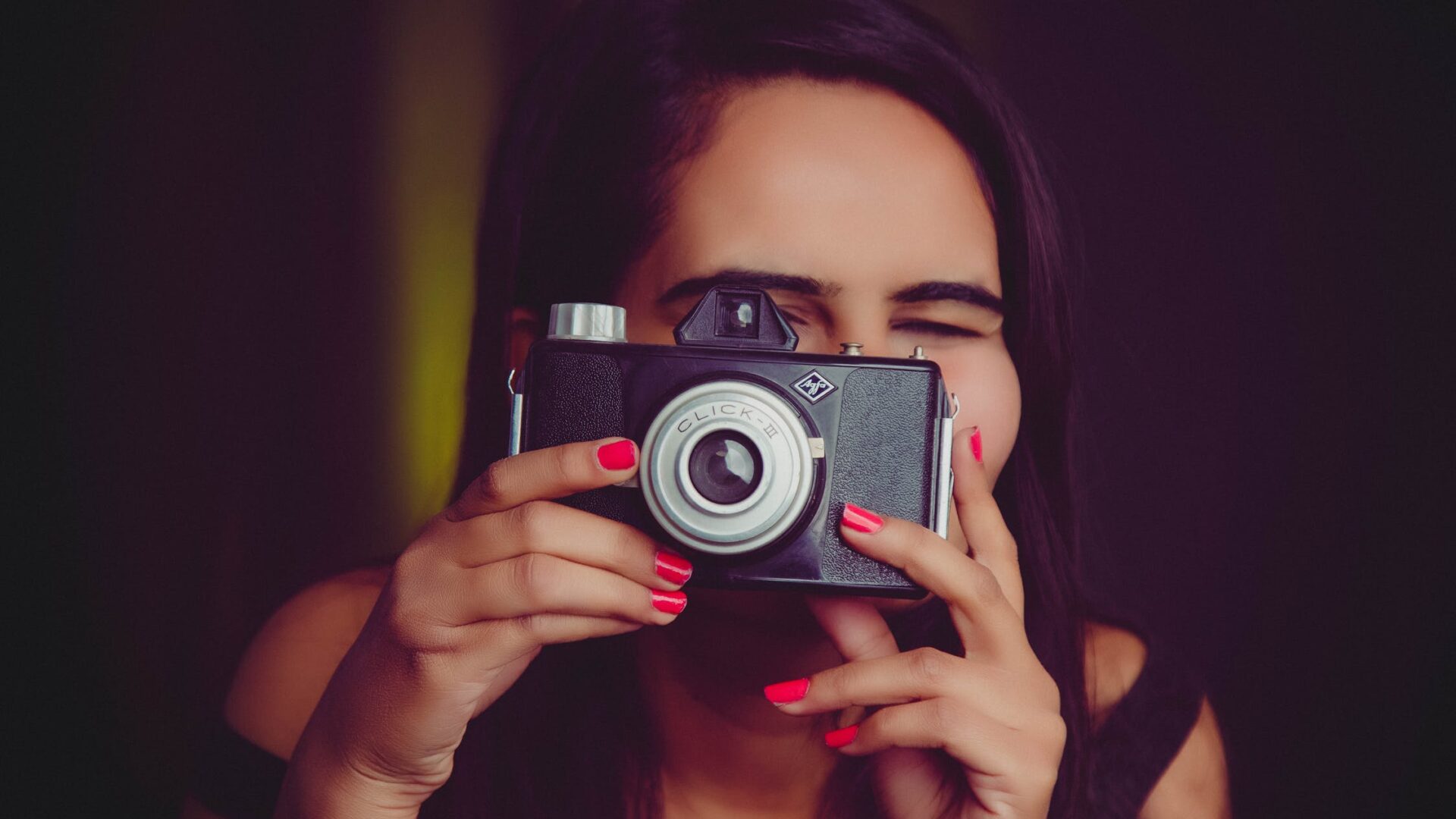Macro photography, often referred to as extreme close-up photography, is a genre that has captured the fascination of many photographers worldwide. It offers an unparalleled perspective into the intricacies of our universe, which typically remain unseen by the naked eye. The allure of this type of photography lies in its ability to transform the mundane into captivating artwork by magnifying minute details.
Though macro photography may seem daunting initially, it is accessible to anyone willing to delve into the complexities and beauty of this art form. Here, we present a comprehensive guide filled with tips and tricks designed to help both newcomers and seasoned photographers refine their macro photography skills.
Equipment for Macro Photography
To begin your macro photography journey, you will need a suitable camera and lens. A digital single-lens reflex camera (DSLR) or a mirrorless camera would be an ideal choice. However, even a smartphone with a macro lens attachment can produce stunning macro photographs.
A macro lens is a vital piece of equipment for this genre. It allows you to get extremely close to your subject and capture it with incredible detail. When choosing a macro lens, consider the focal length. Lenses with longer focal lengths, such as 100mm or 105mm, offer a greater working distance, ensuring that you do not scare off insects or cast shadows on your subjects.
A tripod is another crucial tool in your arsenal. Given the proximity of the camera to the subject in macro photography, even slight movements can result in blurry photos. A sturdy tripod can help eliminate camera shake and ensure sharp, clear images.
Mastering Macro Photography Techniques
Once you have the right equipment, understanding and mastering various techniques can significantly improve your macro photography.
Lighting and Exposure
Effective lighting is key in macro photography, as it helps to highlight intricate details and create depth in the image. Natural light is an excellent source for outdoor macro photography, but its availability and quality can be inconsistent. To overcome this, many photographers use artificial lights like LED panels or ring lights to create consistent, diffused lighting.
Understanding exposure is equally important. Use a smaller aperture (higher f-stop number) to increase the depth of field and ensure more of your subject is in focus. However, keep in mind that this will decrease the amount of light entering your camera, so you might need to adjust your ISO or shutter speed accordingly.
Focusing
Due to the extremely short distance between the camera and the subject, macro photography has a shallow depth of field. Manual focus can give you more control than autofocus in such situations. While focusing, remember to concentrate on the most crucial parts of your subject, such as the eyes in insect photography.
Composition
Composition plays a crucial role in macro photography. Following the Rule of Thirds or using leading lines can make your subject stand out. But remember, rules are meant to be broken. Feel free to experiment with different angles and viewpoints to create a unique image.

Practice
As with any other skill, practice is essential. Try shooting various subjects, from insects to droplets, to broaden your experience and hone your skills.
While learning and practicing macro photography, you might want to take breaks and relax. Perhaps try something completely different, like playing an online casino Hungary, for instance. You can enjoy various games such as Age of the Gods Furious 4 slot, which can provide a refreshing break from your intensive photography sessions.
Delving Deeper into the Art of Macro Photography
Having covered the basic equipment and techniques for macro photography, it’s crucial to understand that the pursuit of this art form goes beyond technicalities. Patience, creativity, and keen observational skills are essential facets of a successful macro photographer’s toolkit.
The Virtue of Patience
Macro photography is a time-consuming process that requires immense patience. When photographing living subjects like insects or flowers swaying in the wind, you may need to wait for the perfect moment to capture your subject in its best light or pose. Sometimes, this could take hours, but the resulting image can be truly breathtaking.
Harnessing Creativity
Creativity plays a critical role in macro photography. The ability to visualize ordinary subjects in extraordinary ways can differentiate your work from others. From dewdrops on a leaf to the intricate patterns on a butterfly’s wing, the world is filled with potential subjects. It’s up to you, as the photographer, to portray these in innovative and appealing ways.
Try experimenting with different perspectives and backgrounds. For instance, using a plain background can make your subject stand out, while including other elements in the background can create a sense of context or a story.
Developing Observational Skills
One of the most rewarding aspects of macro photography is that it encourages you to observe the world more closely. By training yourself to see the small details, you can discover a whole new world of subjects. Whether you’re at home, in your garden, or out in the wilderness, always keep an eye out for potential macro photography subjects.
Post-Processing in Macro Photography
Post-processing is another aspect of macro photography where you can enhance the quality of your images and add creative touches.
Focus Stacking
Given the shallow depth of field in macro photography, it’s often challenging to get the entire subject in focus. This is where a technique called focus stacking can help. It involves taking multiple shots of your subject, each focused on a different point, and then blending these images in post-processing software to create a single, sharp image.
Image Enhancement
Post-processing tools also allow you to enhance colors, adjust exposure and contrast, and crop your image for a better composition. While it’s crucial to get as much right in-camera as possible, post-processing can help you refine your image and bring your vision to life.
Becoming Part of the Macro Photography Community
Finally, remember that photography is not just a solitary pursuit. Becoming part of a community can be incredibly rewarding and informative. Sharing your work, receiving feedback, and drawing inspiration from others can significantly improve your skills.
There are many online platforms where photographers from around the world share their work. Joining these communities can provide you with new perspectives and ideas, and expose you to different styles of macro photography.
Whether it’s the thrill of capturing the intricate details of a dragonfly’s wings, or the joy of seeing the dew-draped spider web through a macro lens, macro photography offers countless opportunities for exploration and growth. It’s a journey with challenges at every turn, but the results are certainly worth it. Remember, patience, creativity, and observation are your best companions along this path. Happy exploring!
